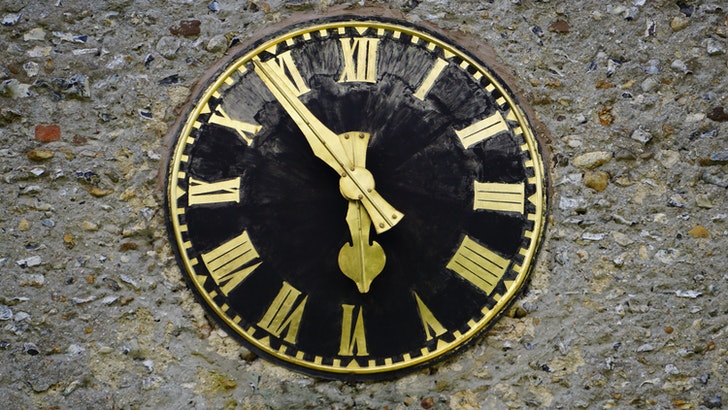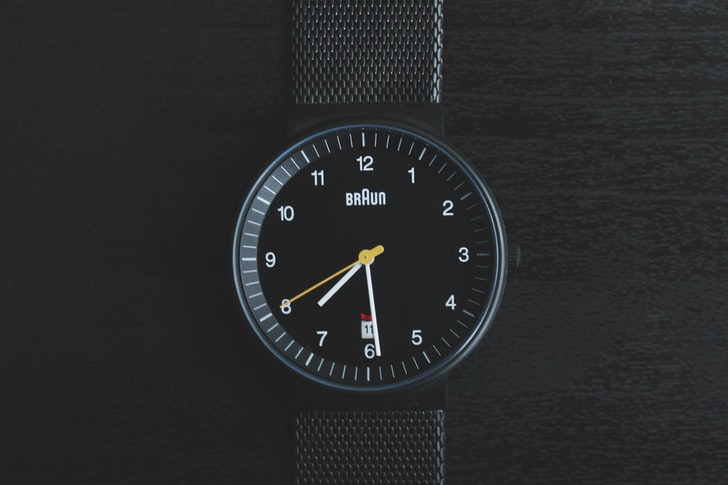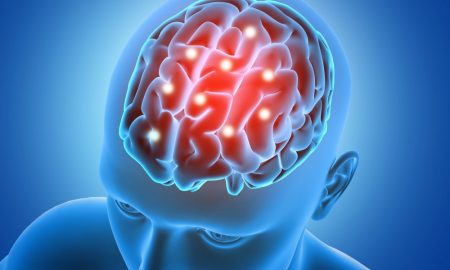
What Is Daylight Saving Time and How Will It Impact Your Health?

Daylight Saving Time, also called summertime, system for uniformly advancing clocks, so as to extend daylight hours during the conventional waking time in the summer months. In countries in the Northern Hemisphere, clocks are usually set ahead one hour in late March or in April and are set back one hour in late September or in October. As a result, there is one 23-hour day in late winter or early spring and one 25-hour day in autumn.
The idea of aligning waking hours to daylight hours to conserve candles was first proposed in 1784 by US polymath Benjamin Franklin. In a satirical letter to the editor of The Journal of Paris, Franklin suggested that waking up earlier in the summer would economize candle usage and calculated considerable savings. In 1895, New Zealand entomologist and astronomer George Hudson proposed the idea of changing clocks by two hours every spring to the Wellington Philosophical Society, as he wanted to have more daylight hours to devote to collecting and examining insects. In 1907, British resident William Willett presented the idea as a way to save energy. After some serious consideration, it was not implemented.

Mike/ Pexels | The two most powerful warriors are patience and time
On March 13, most of the United States, except for Arizona and Hawaii, “sprang forward,” adjusting their clocks ahead by 1 hour. Later this year, on Nov. 6, they will reverse the process by “falling back” 1 hour.
While daylight saving time has been going on for decades now, scientists have begun to realize that any benefits that it provides may be outweighed by its negative effects on human health and safety. But the effects go beyond simple inconvenience. Researchers are discovering that “springing ahead” each March is connected with serious negative health effects.
How Does Daylight Saving Time Affect Sleep?

Pixabay/ Pexels | Either you run the day, or the day runs you
Humans and other mammals are guided by circadian rhythms, which are 24-hour cycles that regulate sleep and other key bodily functions such as appetite and mood. These rhythms are largely dependent on light exposure. In order to reset each day, they must be synchronized with natural light-darkness cycles in order to ensure healthy, high-quality sleep.

Monstera/ Pexels | Time management is life management
The transition between DST and Standard Time has darker mornings and more evening light. This can essentially “delay” your sleep-wake cycle, making you feel tired in the morning and alert in the evening. Circadian misalignment can contribute to sleep loss, as well as “sleep debt,” which refers to the cumulative effect of not getting enough sleep on a regular basis. Losing an hour of afternoon daylight after setting the clocks back to standard time can trigger mental illness, including bipolar disorder, and seasonal affective disorder (SAD), also known as winter depression.
More inHealthy Trends
-
`
What Is Lüften and Why Should You Do It in Winter?
Proper ventilation is essential for maintaining indoor air quality, especially during colder months. In Germany, a traditional method called lüften has...
February 13, 2025 -
`
How Often Should You Clean Your Yoga Mat? The Complete Guide
Cleaning your yoga mat might not always be top of mind, but it’s essential for your health and well-being. Whether you’re...
February 6, 2025 -
`
7 Common Blood Pressure Mistakes to Avoid for Accurate Readings
Managing your blood pressure is crucial for maintaining heart health, but many people unknowingly make mistakes when measuring it at home....
January 31, 2025 -
`
Types of Milk and Their Health Benefits – A Complete Guide
Milk has long been a staple in many households. Whether it’s poured over cereal, added to coffee, or simply enjoyed on...
January 25, 2025 -
`
Why the Keto Diet Is Not As Healthy As You Assume It to Be
The ketogenic (keto) diet is everywhere, touted as a game-changing plan for fast and effective weight loss. But is keto healthy?...
January 15, 2025 -
`
Are Press-On Nails Worth the Hype?
Getting the perfect manicure often requires a hefty investment of both time and money. However, if you’re looking to achieve a...
January 3, 2025 -
`
How Intense Exercise and Appetite Are Surprisingly Linked
Balancing physical activity and hunger can be challenging, especially when maintaining a healthy lifestyle or managing weight. Exercise is known to...
December 26, 2024 -
`
Our Brain: The Link Between Learning and Mindset
The brain is a complex organ that governs bodily functions but also shapes how we think and act. This interplay raises...
December 18, 2024 -
`
The Top 5 Benefits of Getting a Flu Shot
Getting a flu shot is more than skipping the sniffles. It protects your health in a big way. The flu vaccine...
December 13, 2024















You must be logged in to post a comment Login